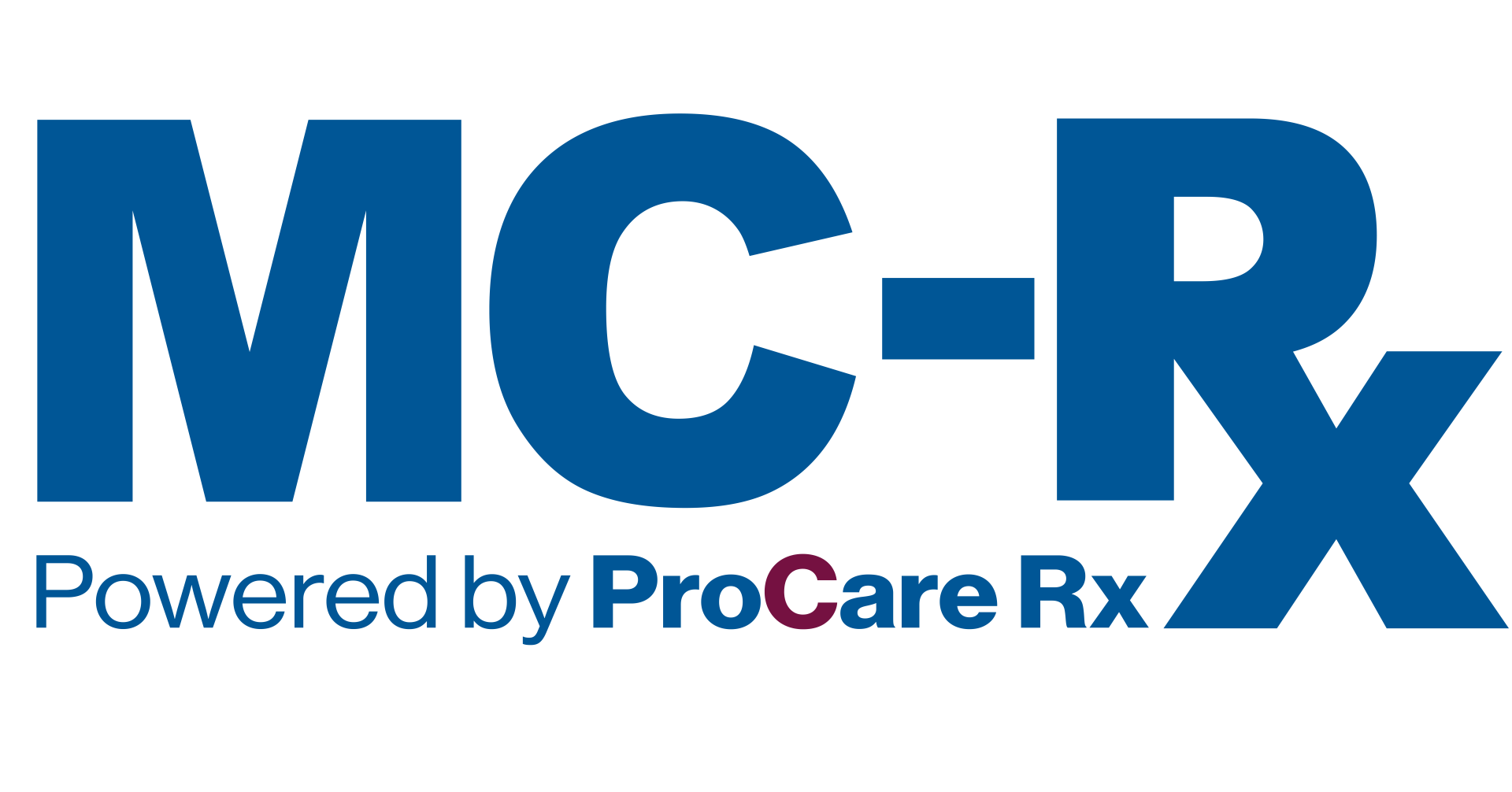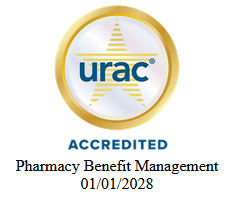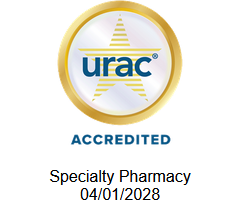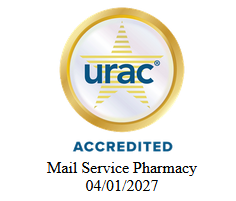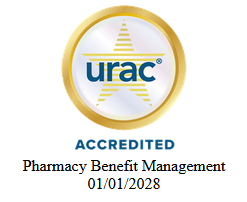Making Narcan® Over-the-Counter Could Increase Accessibility, But Will Cost Halt Public Uptake?
This past March, the Food and Drug Administration (FDA) approved the Narcan® (naloxone) nasal spray
for nonprescription, over-the-counter (OTC) useᶦ. This FDA decision will make Narcan® the first OTC
naloxone product to treat a known or suspected opioid overdose. However, there are important
implications for accessibility for patients that need this medication, especially as it relates to public
image and cost. The goal of this article is to provide patients with key considerations when seeing
Narcan® on pharmacy shelves.
There are several factors that may affect the uptake of OTC naloxone in the public, however, the two
(2) largest reasons relate to cost and stigma associated with opioid use. Currently, naloxone is only
available with a prescription at a pharmacy, which helps maintain confidentiality and is billed through
insurance. As the product changes from prescription only to OTC, how will cost and stigma affect
access?
- Cost: Many health insurance plans offer prescription naloxone at no, or reduced cost sharing to
ensure that patients have accessᶦᶦ. Now that non-prescription OTC naloxone will be available, there
is a potential access barrier since some insurers do not cover OTC products and patients would have
to pay out-of-pocket for OTC naloxone at an approximate price between $35 and $65. The expected
price of OTC naloxone could limit access to the medication, especially since people living below
the poverty line accounted for 24.6% of opioid overdose deathsᶦᶦᶦ. However, one pharmaceutical
company, Harm Reduction Therapeutics, is in the process of making a free or low-cost over-the-
counter (OTC) naloxone nasal spray available to the publicᶦᵛ. - Stigma: OTC naloxone will likely be behind a glass case or behind the pharmacy counter, which
could create a barrier for people who wish to buy it confidentially. Major pharmacy chains have
commented that individual retailers will work with manufacturers of OTC naloxone regarding in-
store placement.
Conclusion: More details will become available as OTC naloxone begins to hit shelves. MC-Rx will
continue to support efforts to minimize any access barrier to these important medications.
References
ᶦ FDA Approves First Over-the-Counter Naloxone Nasal Spray. Available at
https://www.fda.gov/news-
events/press-announcements/fda-approves-first-over-counter-naloxone-nasal-spray. Accessed June 6th,
2023.
ᶦᶦ Over-the-Counter Narcan Could Save More Lives. But Price and Stigma Are Obstacles. Available at
https://www.nytimes.com/2023/03/28/health/narcan-otc-price.html. Accessed June 6th, 2023.
ᶦᶦᶦ Altekruse SF, Cosgrove CM, Altekruse WC, Jenkins RA, Blanco C. Socioeconomic risk factors for fatal
opioid overdoses in the United States: Findings from the Mortality Disparities in American Communities
Study (MDAC). PLoS One. 2020 Jan 17;15(1):e0227966. doi: 10.1371/journal.pone.0227966. PMID:
31951640; PMCID: PMC6968850. Accessed June 6th, 2023.
Harm Reduction Therapeutics' New Drug Application for RiVive™ Over-the-Counter Naloxone Nasal Spray
ᶦᵛ Accepted and Granted Priority Review by FDA. Available at
https://www.prnewswire.com/news-
releases/harm-reduction-therapeutics-new-drug-application-for-rivive-over-the-counter-naloxone-nasal-
spray-accepted-and-granted-priority-review-by-fda-301710002.html. Accessed June 6th, 2023.



